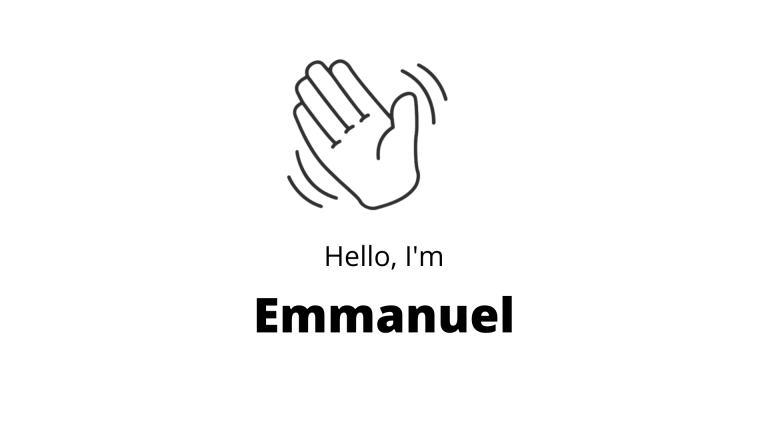Get To Know
About Me
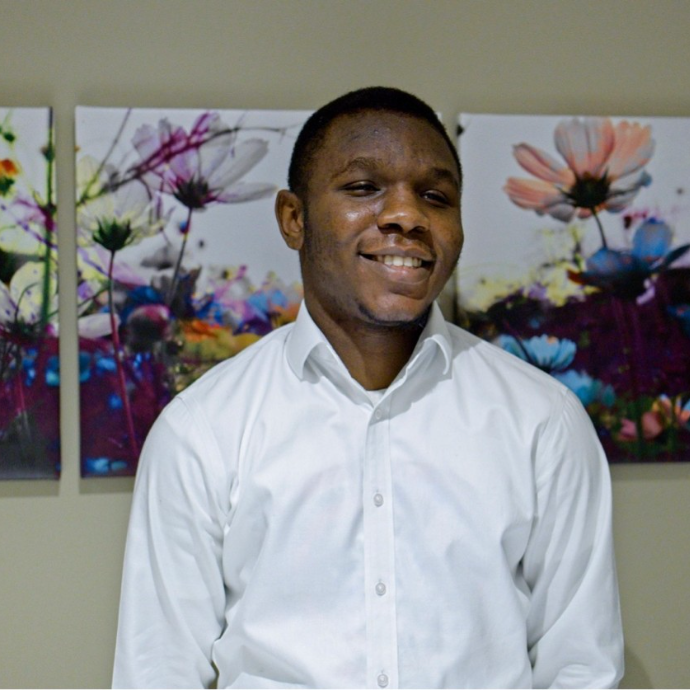
I am an innovative and self-motivated Instrumentation and Control engineering student at Teesside University, I am passionate about optimizing processes, modeling real-life systems, and utilizing my strong analytical and problem-solving skills. Proficient in Python, C++, PLCs, MATLAB/Simulink, and Raspberry Pi, I have a solid understanding of analog and digital electronic systems and excel in data analysis and statistical interpretation.
I am passionate about tackling complex problems and pushing boundaries to find innovative solutions. I take pride in being reliable, accountable, and trustworthy, and I am always willing to go the extra mile to achieve the best possible outcomes. I embrace change and believe that continuous learning is essential to staying ahead of the curve.
Get To Know
MY SKILLS
Programming
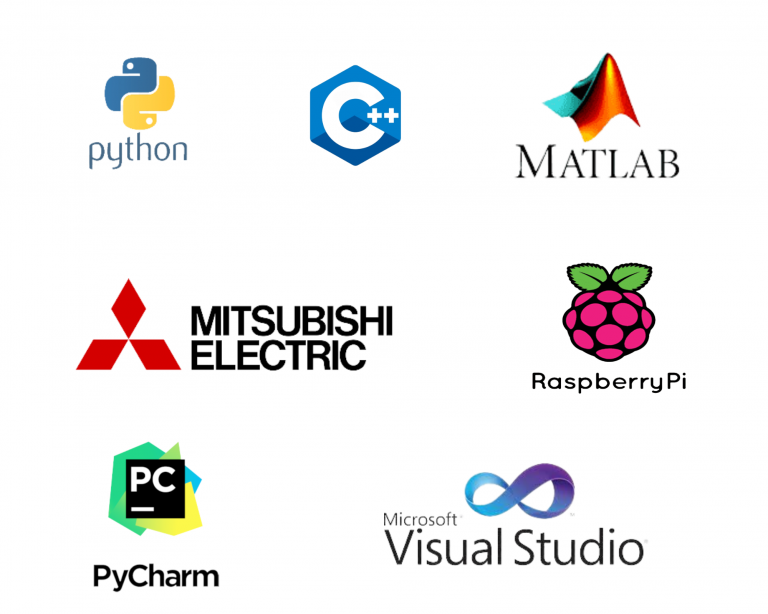
Soft
Get To Know
MY EXPERIENCES
APR 2023 - PRESENT
STUDENT ENGAGEMENT ASSISTANT - Teesside University
NOV 2022 - PRESENT
CONTROL SYSTEMS ENGINEER - Teesside University Formula Student Team
AUG 2022 - PRESENT
STUDENT AMBASSADOR - Teesside University
JULY 2022 - SEPTEMBER 2022
BUSINESS IMPROVEMENT INTERN - SSE Energy Solutions
Get To Know
MY PROJECTS
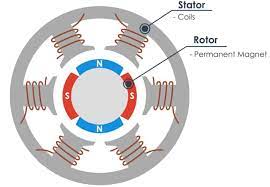
Modelling and Control of a DC Motor
MAR 2023 - MAY 2023
This was an individual assesment project in my second year at university. It was focused on simulink-based dynamic modelling and control of a motor system. The project encompasses key aspects of motor system modelling, control algorithm design, and practical implementation. The project begins with the development of a Simulink model that incorporates the armature voltage as an input and motor shaft velocity and position as outputs. We were to analyse the subsequent plot of motor velocity and position against time, in response to a step change in the input voltage, to determine and indicate key system parameters.
Futhermore, the project involved determining the transfer function that relates the motor shaft position to the armature voltage, to showcase our knowledge of transfer function analysis and our ability to mathematically represent system dynamics. The analysis served as a foundation for the design of a Proportional-Derivative (PD) position controller, aimed at achieving specific performance criteria such as reducing the settling time and overshoot. The implementation of the PD controller in Simulink and obtaining the closed-loop response would further highlight the ability to translate control algorithms into practical implementations. This project provides a comprehensive demonstration of proficiency in control system design, mathematical analysis, and practical implementation.

Implementation of a Digital Communication System
MAR 2023 - MAY 2023
This was an individual assesment project in my second year at university. It revolves around the implementation of a digital communication system using Matlab, covering vital components such as sampling, quantization, encoding, modulation, and digital demodulation. I was able to demonstrate my expertise in designing and building complex communication systems.
Additionally, the project involves the implementation of signal processing and modulation techniques, including pulse coding modulation, digital line coding, and frequency modulation. I wrote Matlab code to implement various functions, such as digital line coding, ASK modulation, matched filtering, and frequency modulation. This highlighted my programming skills, algorithm development abilities, and capability to translate theoretical concepts into practical implementations. The project also addresses the critical aspect of noise handling and signal detection. Which involved implementing a matched filter for detecting transmitted data over noisy channels. These skills are vital in automation and control engineering to ensure reliable data transmission and reception.
Overall, this project encompasses a wide range of important aspects of automation and control engineering, including digital communication systems, signal processing, modulation techniques, algorithm development, noise handling, and system analysis.
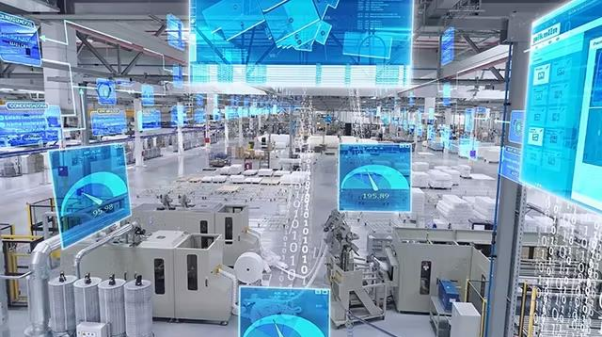
Sensor Data Conversion
NOV 2022 - DEC 2022
This project was a group project which focuses on the integration of legacy sensors into an industrial IoT service solution; This developed our ability to work with existing systems and leverage sensor data for automation purposes. The project entails developing a program to convert sensor data from a .csv (comma-separated variable) format to a .json (JavaScript Object Notation) format, and showcasing strong data manipulation and transformation skills.
Furthermore, the project emphasizes proficiency in programming, particularly in C++, as the implementation involves handling file input/output, data structures, and object-oriented programming. We also learnt to effectively utilize programming skills in an industrial setting. Additionally, the project's emphasis on custom structures and classes helped us improve and showcase our capability to design and implement efficient data structures. I was responsible for writing the main parts of the code and I ensured I researched for ways to optimize the code and still meet the requirements.
The project also encompasses considerations for data security, providing an opportunity for us to demonstrate our awareness of data security best practices and our ability to apply them to automation and control systems. Overall, this project encompasses key aspects of automation and control engineering, including sensor integration, data conversion, programming proficiency, and data security considerations. Throughout the project, we collaborated closely, pooling our skills and knowledge to develop an efficient solution that met the project’s requirements.
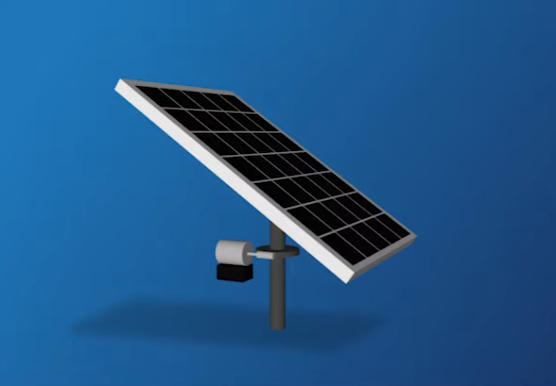
Automatic Solar Panel
OCT 2022
As a self-motivated individual with a keen interest in mathematical techniques and product design, I undertook a personal project involving an Automatic Solar Panel. I utilized my skills in signal processing and control systems to develop a tracking system that keeps a solar panel perfectly aligned with the sun's position using Simulink.
To achieve this, I designed and built models of the physical system comprising the solar panel and a motor to control its movement. I then applied my knowledge in control systems to develop an efficient controller that accurately tracks the sun's position. The effectiveness of the tracking system was tested against actual sun data, proving the success of the project. Through this project, I demonstrated my passion for applying mathematical techniques in product design and my ability to take initiative and see projects through to completion.
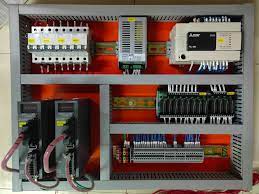
PLC Industrial Process Controller
FEB 2022 - MAY 2022
In this project, I demonstrated my strong problem-solving skills and experience in using ladder logic and PLCs to develop a control program for an industrial mixing tank. Using a logical process, I determined the necessary system components, including input, output, auxiliary delays, and timers, and designed a detailed process flowchart.
Using the GX developer software, I then translated the flowchart into a comprehensive ladder logic program for the FX1S Mitsubishi PLC box. As a visual aid, I incorporated simulation features to show the program's performance on the PLC box, adding to the program's overall functionality.
Through this project, I showcased my proficiency in utilizing ladder logic and PLCs, as well as my problem-solving skills in designing an efficient and effective control program for an industrial mixing tank.
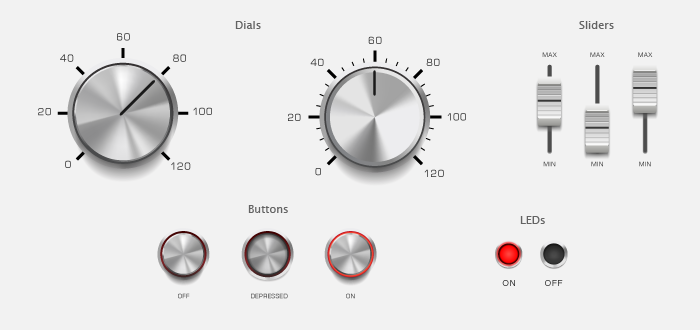
MATLAB Industrial Controller App
FEB 2022 - MAY 2022
In this project, my team and I successfully designed a Human Machine Interface (HMI) app using MATLAB for a batch chemical reactor system. The HMI app allowed the user to control various components such as valves, a heater, a mixer, and temperature and vessel level gauges and also monitor the state of the different parts of the system.
Our team worked together efficiently to analyse the requirements and design the HMI app to meet the specifications of the scenario. We incorporated an on/off switch, an emergency button, and logic to control the various components of the mixing tank. We also implemented a temperature control system that allowed the user to adjust the temperature to their desired level.
Throughout the project, we encountered several challenges and obstacles, but we were able to use our problem-solving skills to overcome them and deliver a functional HMI app that met the requirements of the scenario. Overall, this project demonstrated my proficiency in designing HMI apps using MATLAB, working effectively in a team, and my ability to problem-solve efficiently.
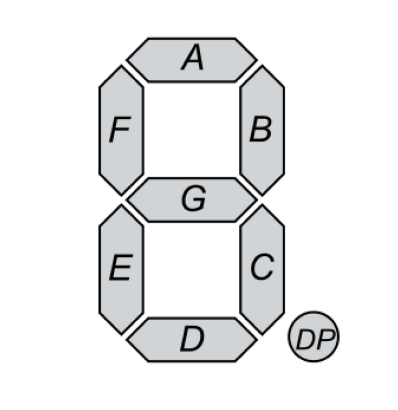
Analogue/Digital Counter Circuit
FEB 2022 - MAY 2022
For this project, I was tasked with designing a counter circuit to track the number of times the temperature in an industrial refrigerator rises above 0°C. To accomplish this, I first constructed an analogue system that would receive an input from the temperature sensor and generate an output pulse every time the temperature exceeded the set threshold. I then designed the digital system that would take the output from the analogue circuit and produce the required outputs to drive a 7-segment display, with values ranging from 0 to 9. To handle counts beyond 9, I added a segment condition to display the letter F. In addition, I incorporated a reset button that would return the count to zero.
To implement the circuit, I used my skills in digital logic system design to formulate the flip-flop inputs, determine the output segment conditions, and design the reset button logic. I also drew upon my experience with analogue circuitry to design the comparator op-amp that would compare the sensor signal with the set threshold. To verify that the circuit was working correctly, I created a simulation using LTspice and refined the design until I was confident that it would meet the requirements. Through my logical reasoning skills, innovative thinking, and ability to take the initiative, I was able to deliver a robust counter circuit that met the specifications and performed reliably in an industrial environment.
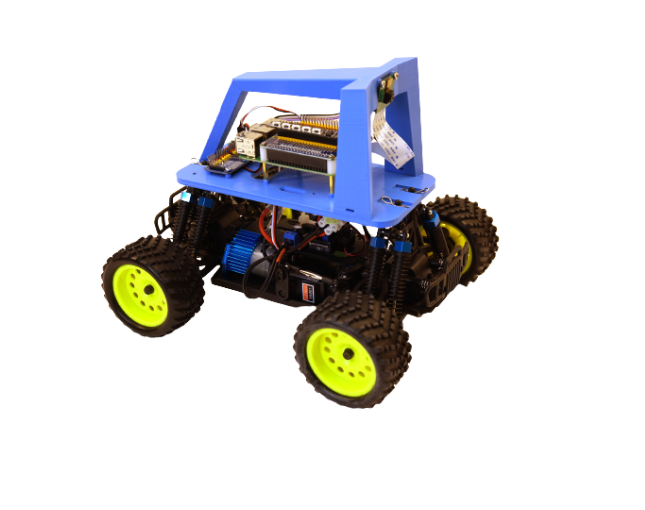
Donkey Car Competition
FEB 2022 - MAR 2022
As part of an internal competition within the Teesside University Formula Student team, I had the opportunity to work on converting a remote-controlled donkey car to an autonomous one. Within my team, I was responsible for several important tasks.
One of my main tasks was to re-assemble the different components of the car to accommodate new elements required for the autonomous conversion. This involved taking apart the car, installing new sensors and other components, and ensuring that everything was properly connected and calibrated. In addition to the physical assembly of the car, I also played a key role in supporting the person who wrote the driving system code. This included helping to calibrate the car's maximum and minimum speed and turning angle, as well as troubleshooting any issues that arose during the testing phase.
As part of my efforts to create a comprehensive training environment for the car, I also installed a virtual driving interface that allowed the driver to practice controlling the car in a simulated environment. To ensure that the car was trained in a realistic setting, I also designed the track that we used to train the car. Overall, my contributions to this project helped ensure the successful conversion of the remote-controlled car into an autonomous one, demonstrating my skills in both technical assembly and software support, as well as my ability to work collaboratively with a team towards a shared goal.
